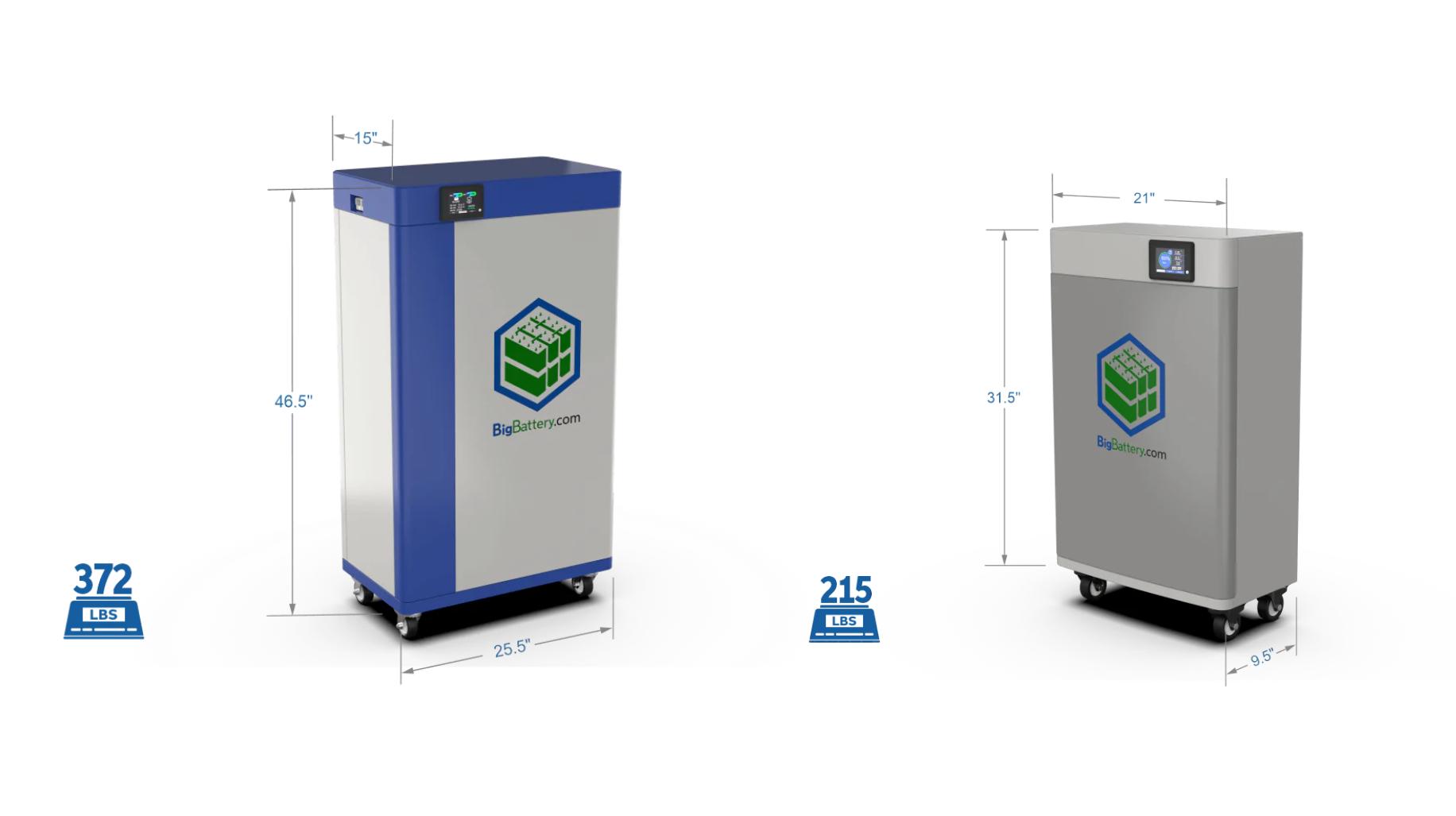
What You Need to Know About BigBattery 48V Systems
A BigBattery 48V system is an advanced energy storage solution that utilizes high-capacity lithium batteries, specifically designed for solar energy applications and off-grid systems. These systems provide reliable power, longer lifespan, and efficient energy management, making them ideal for various uses.
What is a BigBattery 48V system and how does it work?
A BigBattery 48V system typically consists of multiple lithium iron phosphate (LiFePO4) batteries connected in series to create a high-voltage battery bank. This configuration allows for efficient energy storage and retrieval, supporting various applications such as solar power systems, RVs, and off-grid setups.
| Component | Description |
|---|---|
| Voltage | 48V |
| Capacity | Varies (e.g., 350Ah, 200Ah) |
| Chemistry | Lithium Iron Phosphate (LiFePO4) |
Why should you consider using a BigBattery 48V system for energy storage?
Using a BigBattery 48V system offers several advantages:
- Efficiency: These systems provide high energy density and can efficiently manage power loads.
- Longevity: LiFePO4 batteries typically last longer than traditional lead-acid batteries, reducing replacement frequency.
| Benefit | Description |
|---|---|
| Energy Density | Higher than lead-acid batteries |
| Lifespan | Up to 15,000 cycles |
How long can you expect a BigBattery 48V system to last?
The lifespan of a BigBattery 48V system can vary based on usage and maintenance:
- Cycle Life: Typically between 5,000 to over 15,000 cycles, depending on the depth of discharge (DOD).
- Service Life: Many LiFePO4 batteries have a service life of around 10 to 15 years.
| Battery Type | Average Lifespan (Cycles) |
|---|---|
| Lead-Acid | ~500 – 1000 |
| LiFePO4 | Up to 15,000 |
What are the charging capabilities of a BigBattery 48V system?
A BigBattery 48V system supports various charging methods:
- Rapid Charging: Capable of charging at high rates (up to 200A) depending on the charger.
- Versatile Charging Options: Can be charged via solar panels, generators, or standard AC chargers.
| Charging Method | Description |
|---|---|
| Solar | Integrates with solar panel systems |
| Generator | Can be charged using portable generators |
| AC Charger | Compatible with standard AC chargers |
How can you maintain optimal performance in your BigBattery system?
To ensure your BigBattery 48V system operates efficiently:
- Regular Monitoring: Keep track of battery health and charge levels.
- Proper Installation: Ensure correct installation to avoid overheating and damage.
| Maintenance Tip | Description |
|---|---|
| Charge Regularly | Maintain between recommended levels |
| Avoid Deep Discharge | Do not exceed specified discharge limits |
What applications are best suited for a BigBattery 48V system?
A BigBattery 48V system is versatile and suitable for:
- Residential Solar Systems: Ideal for home energy storage.
- Commercial Applications: Supports larger scale energy needs.
- Off-grid Systems: Provides reliable power in remote locations.
Latest News
Recent advancements in battery technology have led to improved efficiency and safety features in lithium batteries. Companies are increasingly focusing on enhancing the sustainability of their products through better recycling processes. Additionally, regulatory changes are pushing manufacturers towards greener production practices, making these technologies more accessible.
Editor Comment
“The evolution of battery technology is reshaping how we approach energy storage. A BigBattery 48V system not only offers efficiency but also aligns with our goals for sustainability. As we continue to innovate, these systems will play a pivotal role in our transition towards renewable energy solutions.”
FAQ Section
Q1: Are BigBattery systems safe?
A1: Yes, they incorporate advanced safety features such as built-in battery management systems that protect against overcharging and overheating.Q2: Can I connect multiple batteries in a BigBattery system?
A2: Yes, multiple batteries can be connected in series or parallel configurations to increase capacity and voltage.Q3: How do I choose the right size for my BigBattery system?
A3: Consider your power requirements, usage duration, and peak load demands when selecting the battery size.
